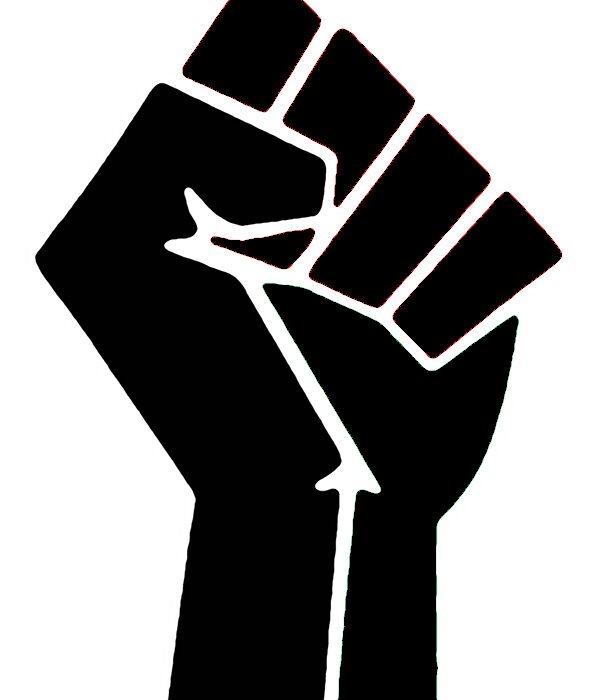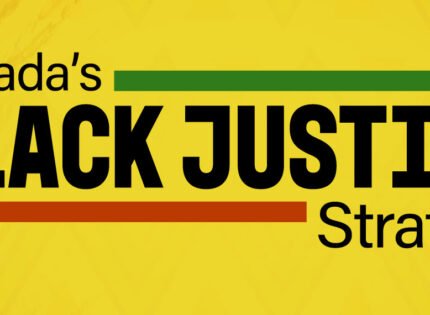Desirée Zagbai
(Local Journalism Initiative)
On Aug. 1, 1834, the Slavery Abolition Act ended centuries of colonial enslavement of Africans in Canada.
Throughout history, approximately 15 million Africans were enslaved in the transatlantic slave trade. During this time, Black people had their freedoms stripped away; as mentioned by the Canadian Museum of Human Rights, the colonists controlled a large part of the slaves’ lives. “Slave owners subjected enslaved people to terrible working and living conditions. Physical and sexual abuse was a constant threat. Enslaved people lived tremendously difficult and very short lives.” The slaves had to endure harsh conditions for a long time, and they had no choice but to follow the colonist’s orders. During the period of slavery, approximately two million people died while crossing the Atlantic. The immense violence and kidnapping took many more lives.
However, despite the hard situations enslaved Africans were in, they used their bravery as shields and planned how to run away from their slave owners. In 1777, it was reported that many slaves fled from British North America into Vermont State, where slavery was abolished at that time. In many instances where slaves successfully fled, advertisements were posted for the public in an attempt to find them again. There are still ad examples from Nova Scotia that show how the slave owners described enslaved Africans and how much power they believed they had over them.
In 1793, Upper Canada passed an act to end the practice of slavery. This took a long time, and the first steps made it illegal to bring slaves to Upper Canada. Slaves’ children would be free as soon as they turned 25 years old. Another act that had similar elements did not pass in Québec due to the powerful influence a lot of slave owners and elected officials had in that time. They had the possibility to refuse potential acts, which inflicted more suffering on enslaved Africans’ lives.
The slave owners used halters around the slaves’ necks and whips to abuse them while they were fighting through every day of forced labor.
Black people’s suffering did not fully end when slavery was abolished. There is still anti-Black racism in Canada. This includes racist stereotypes, discrimination, racial profiling, and limited opportunities such as taking out a loan for one’s upcoming business.
Mushagalusa Chigoho is the CEO and founder of Afromusée in Montréal. The museum shows different parts of African heritage in Canada and its many cultures.
Chigoho expressed that financial and structural barriers can make it more difficult for Black Canadians who want to succeed with upcoming projects. He emphasized that the Black community has more successful scholars and entrepreneurs nowadays, but believes that there is still a long way to go for Black freedom.
Chigoho stated that there are ways that could help the Black community stay firm and go forward despite the anti-Black racism that still exists in Canada.
“If we are strong economically and we first educate our own community to be proud of who we are, I think those are the two solutions for me,” Chigoho said.
Emancipation Day is to teach others about the slave history in Canada, understand the truth about enslaved African experiences, learn how people can get involved within Black communities and explore ways to fight anti-Black racism. Despite the injustices Black people have endured for decades and still do in the 21st century, movements such as Black Lives Matter evoke how they will never back down from racism and how firm a community can be if everyone gathers together and finds ways to get closer to freedom. As Martin Luther King said, “Oppressed people cannot remain oppressed forever. The yearning for freedom eventually manifests itself.”















